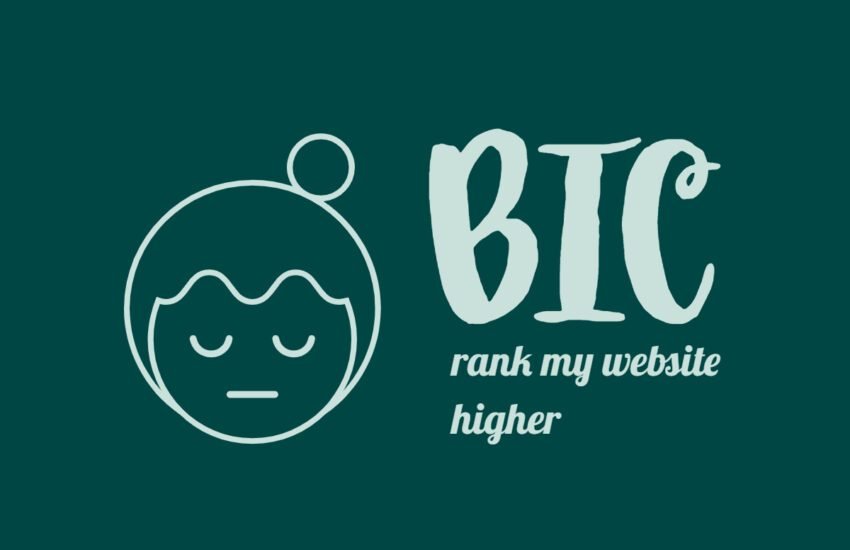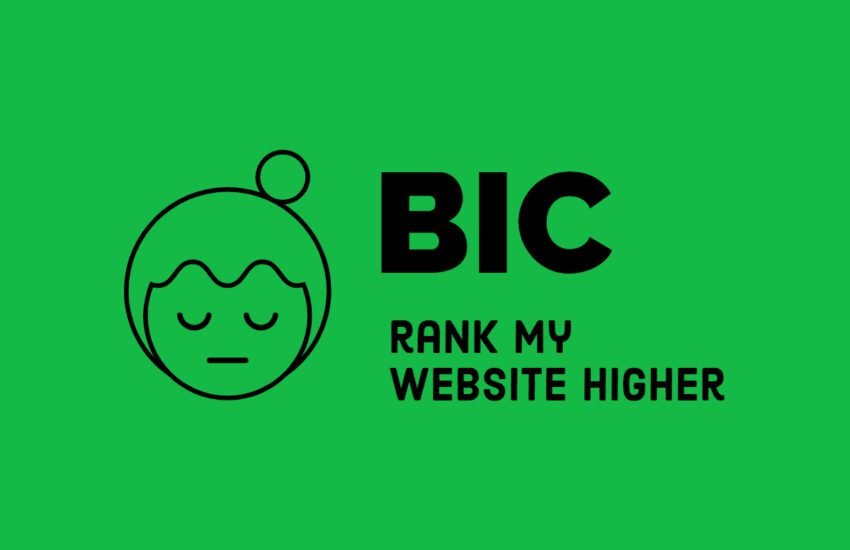For Bloggers: What is cornerstone content?
What is Cornerstone Content
Cornerstone content is the foundation of your website’s SEO strategy.
It refers to the most important, comprehensive, and authoritative articles or pages on your website that cover the core topics related to your niche.
These pieces typically target high-volume, competitive keywords and serve as the main entry points for users interested in your content.
Cornerstone content helps establish your site’s authority, improves internal linking structure, and boosts search engine rankings.
Sure! Imagine your website is like a big building, and cornerstone content is like the strong foundation that holds it all together.
It’s the most important stuff you want people to see and learn from when they visit your site.
For example, if your website is all about cooking, your cornerstone content might be articles like “The Ultimate Guide to Baking Cookies” or “10 Essential Cooking Techniques Every Chef Should Know.”
These articles cover the main topics people are interested in, and they help your site show up higher in Google searches when people look for cooking tips.
So, cornerstone content is like the key articles that make your website really useful and popular, just like how a strong foundation keeps a building standing tall and strong.
How is it good for SEO?
Cornerstone content is great for SEO because search engines like Google love to see websites that have clear, detailed information on important topics.
When you create cornerstone content, you’re showing Google that your site is an authority in your field.
Plus, because cornerstone content covers key topics, it’s more likely to rank higher in search results, bringing more visitors to your site.
Additionally, cornerstone content helps with internal linking, which improves the overall structure and navigation of your site, making it easier for search engines to crawl and understand your content.
Link Structure for Cornerstone Content
The link structure for cornerstone content involves strategically linking from other pages on your website to your cornerstone articles, and vice versa. Here’s how it works:
1. Internal Links to Cornerstone Content
Within your website’s other articles, blog posts, or pages, you should include links pointing to your cornerstone content. These links should be natural and relevant, providing readers with additional valuable information related to the topic they’re currently reading about.
2. Anchor Text Optimization
When linking to your cornerstone content, use descriptive anchor text that clearly indicates what the linked page is about. This helps search engines understand the context of your cornerstone content and its relevance to the linking page.
3. Navigation Menus and Sidebars
Incorporate links to your cornerstone content in your website’s navigation menus or sidebars. This ensures that these important pages are easily accessible to visitors from any page on your site.
4. Callouts and Promotions
Use callout boxes, banners, or other visual elements on your website to highlight and promote your cornerstone content. This draws attention to these key pages and encourages visitors to explore them.
5. Update and Maintain Links
Regularly review and update the internal links pointing to your cornerstone content as your website evolves. Ensure that these links remain relevant and functional to provide the best user experience.
By implementing a well-structured internal linking strategy for your cornerstone content, you not only enhance the visibility and accessibility of these important pages but also improve the overall SEO performance of your website.
Step-by-Step Guide to writing Cornerstone Content
To write cornerstone content, you want to create super helpful and detailed articles about the most important topics in your field.
Keep it simple by breaking down complex ideas into easy-to-understand bits. Use lots of examples, pictures, and clear explanations.
Think about what you’d want to learn if you were just starting out, and write that!
Here’s a step-by-step guide to writing cornerstone content:
1. Choose Your Topic
Select a broad topic that is central to your website’s niche. This topic should be something that your audience is interested in and that you want to establish authority on.
2. Research Keywords
Use keyword research tools to identify high-volume and relevant keywords related to your chosen topic. These keywords will help you optimize your cornerstone content for search engines.
3. Outline Your Content
Create an outline for your cornerstone content, breaking down the main points and subtopics you want to cover.
This will help you organize your thoughts and ensure that your content is comprehensive and well-structured.
4. Write Comprehensive Content
Start writing your cornerstone content, focusing on providing in-depth and valuable information to your readers.
Address common questions, provide practical tips, and include relevant examples to make your content engaging and informative.
5. Optimize for SEO
Incorporate your target keywords naturally throughout your content, including in the title, headings, and body text.
Ensure that your content is well-organized and easy to read, with clear headings and subheadings.
6. Include Multimedia
Enhance your cornerstone content with multimedia elements such as images, videos, infographics, or charts. Visual aids can help break up the text and make your content more engaging and shareable.
7. Internal Linking
Strategically include links to other relevant pages on your website within your cornerstone content. This helps establish connections between different parts of your site and improves the overall structure and navigation.
8. Proofread and Edit
Review your cornerstone content for spelling and grammar errors, as well as clarity and coherence. Make any necessary revisions to ensure that your content is polished and professional.
9. Publish and Promote
Once your cornerstone content is ready, publish it on your website and promote it through your social media channels, email newsletters, and other marketing channels. Encourage your audience to share and engage with your content to increase its reach and visibility.
10. Monitor and Update
Keep track of how your cornerstone content performs over time and make any necessary updates or revisions to keep it relevant and up-to-date. Regularly monitor your analytics to see how your cornerstone content contributes to your website’s overall success.
By following these steps, you can create high-quality cornerstone content that effectively establishes your website’s authority, attracts organic traffic, and contributes to your overall SEO strategy.
Best practices for cornerstone content
Here are some best practices for creating cornerstone content:
1. Choose Evergreen Topics
Focus on topics that are timeless and will remain relevant to your audience over time. Avoid trendy topics that may quickly become outdated.
2. Comprehensive Coverage
Provide comprehensive coverage of the topic, addressing all relevant aspects and answering common questions that your audience may have.
3. Originality and Uniqueness
Ensure that your cornerstone content offers a unique perspective or insight that sets it apart from similar content available elsewhere on the web.
4. Keyword Optimization
Conduct keyword research to identify relevant keywords related to your topic, and incorporate them naturally throughout your content to improve its visibility in search engine results.
5. Engaging Format
Present your content in an engaging and easy-to-read format, with clear headings, bullet points, and multimedia elements such as images and videos to break up the text.
6. Internal Linking
Include internal links to other relevant pages on your website within your cornerstone content to help users navigate your site and improve its overall structure.
7. Promotion and Distribution
Promote your cornerstone content through various channels, including social media, email newsletters, and online communities, to increase its visibility and reach.
8. Regular Updates
Periodically review and update your cornerstone content to ensure that it remains accurate, relevant, and up-to-date with the latest information and trends in your industry.
9. Calls to Action (CTAs)
Include clear calls to action within your cornerstone content to encourage users to take the next steps, such as subscribing to your newsletter, downloading a resource, or contacting you for more information.
10. Monitor Performance
Track the performance of your cornerstone content using analytics tools to understand how it is performing and identify opportunities for improvement.
By following these best practices, you can create cornerstone content that effectively establishes your website’s authority, attracts organic traffic, and engages your audience.
Conclusion
Cornerstone content serves as the foundational pillar of a website’s SEO strategy, offering comprehensive, authoritative, and timeless information on key topics within a niche.
By meticulously crafting cornerstone content that addresses the needs and interests of the target audience, website owners can establish themselves as trusted authorities in their respective fields.
Through strategic keyword optimization, engaging formatting, and effective internal linking, cornerstone content not only enhances search engine visibility but also enhances user experience, encouraging prolonged engagement and fostering brand loyalty.
Furthermore, the regular maintenance and promotion of cornerstone content ensure its relevance and longevity, contributing to sustained organic traffic and continued growth.
As the digital landscape continues to evolve, investing in high-quality cornerstone content remains essential for establishing a strong online presence, driving organic traffic, and achieving long-term success in the competitive realm of digital marketing and SEO.


